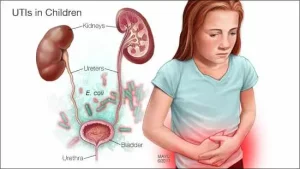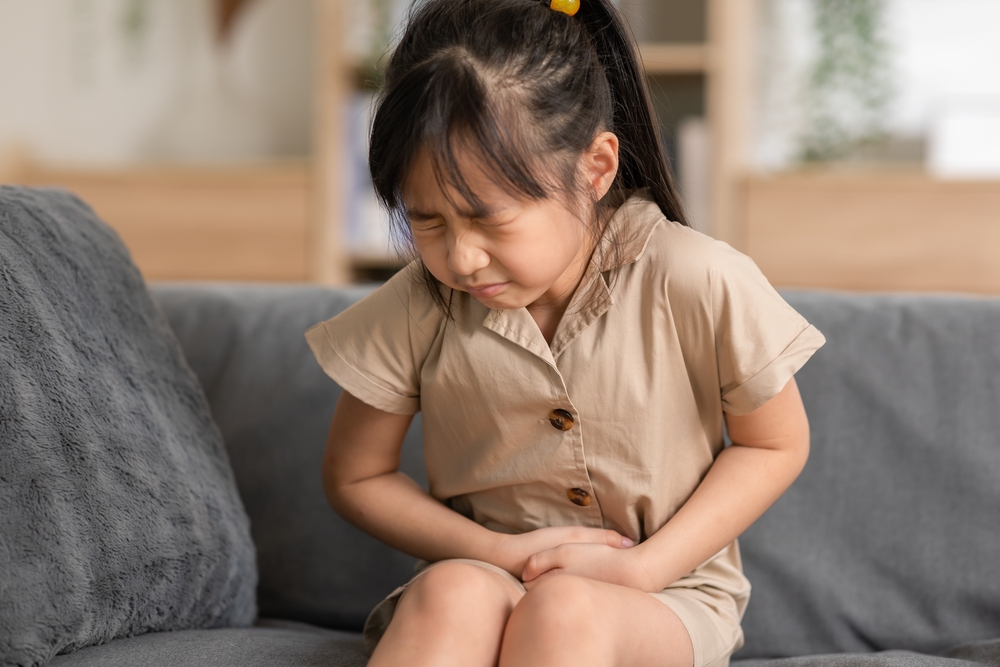Understanding Urinary Tract Infection (UTI) in Children
Urinary tract infections (UTIs) are common infections that can impact various parts of the urinary tract, including the bladder, urethra, and kidneys. While UTIs in children are generally not considered serious, prompt treatment with antibiotics may be necessary. Here’s a comprehensive guide to recognizing, treating, and preventing UTIs in children.

Recognizing Symptoms of UTI in Children
Common UTI Symptoms:
- Vomiting
- Fatigue and Lethargy
- Irritability
- Poor Appetite
- Weight Loss
- Jaundice (yellowing of skin and eyes in young children)
- Pain or Burning Sensation during Urination
- Frequent Urination
- Deliberate Holding of Urine
- Changes in Toilet Habits (e.g., bedwetting)
- Unpleasant or Cloudy Urine
Urgent Situations: Phone 111 or consult a GP urgently if the child:
- Is under 3 years old
- Has a very high or low temperature
- Displays confusion or drowsiness
- Experiences lower abdominal or back pain
- Shows blood in urine
Types of UTIs
UTIs can be categorized as either upper or lower.
Upper UTI: Infection of the kidneys or ureters (tubes connecting kidneys to the bladder).
Lower UTI: Infection of the bladder (cystitis) or urethra (tube carrying urine out).

Causes of UTIs in Children
UTIs usually result from bacterial infections, often originating from the gut. Factors contributing to UTIs include:
- Wiping habits after using the toilet
- Nappy soiling
- Issues with bladder emptying (constipation, dysfunctional elimination syndrome, vesicoureteral reflux)
Treatment of UTIs in Children
UTIs in children typically improve within 24 to 48 hours with antibiotic treatment. It’s crucial to complete the prescribed course to prevent recurrence. Antibiotics should be administered if the child is over 3 months and not at risk of serious illness.
Other Treatments:
- Liquid paracetamol can help alleviate symptoms.
- Hospital treatment may be necessary in some cases, as advised by the GP.
Prevention Strategies for UTIs in Children
Do:
- Encourage proper wiping habits (front to back for girls).
- Ensure regular hydration and toilet breaks.
- Opt for loose, cotton underwear, avoiding synthetic materials.
- Avoid scented soaps or bubble baths.
Recurrent UTIs:
Some children may experience recurring UTIs. If symptoms return, prompt consultation with the GP is essential.
By understanding the symptoms, causes, and treatments, along with adopting preventive measures, parents can effectively manage and reduce the risk of UTIs in their children. Regular communication with healthcare providers ensures timely intervention and promotes the well-being of the child.




